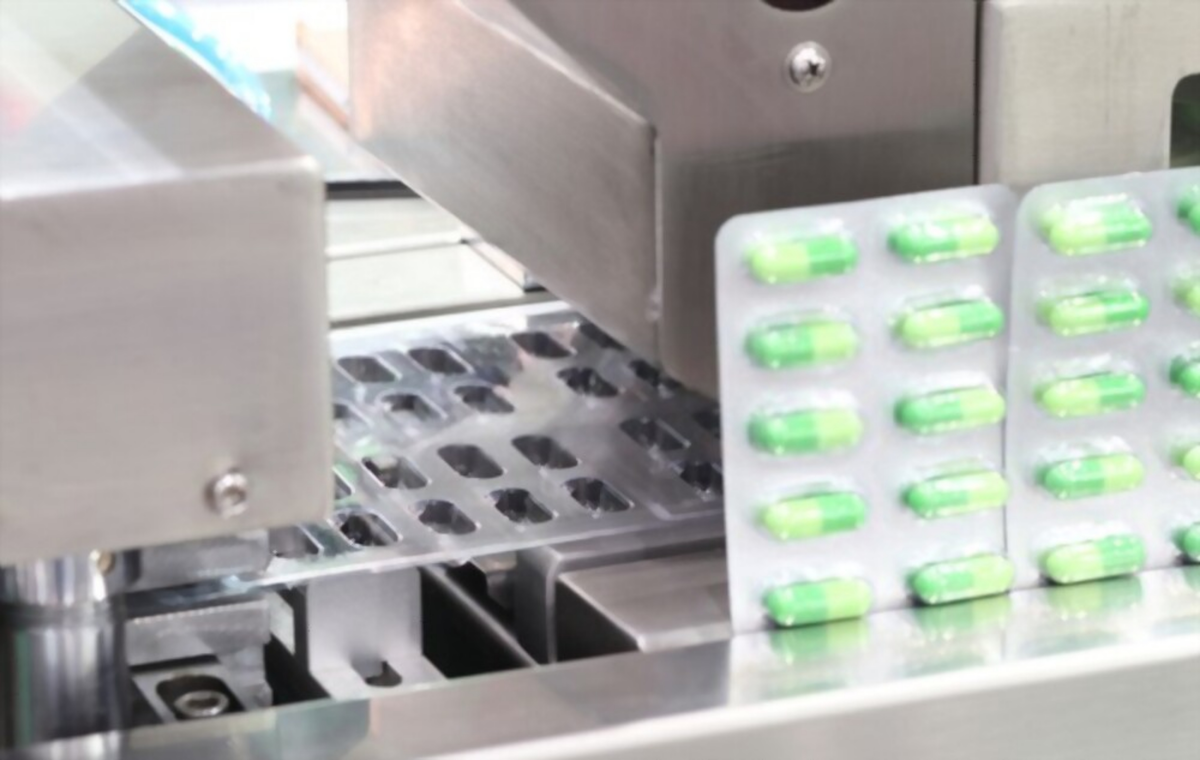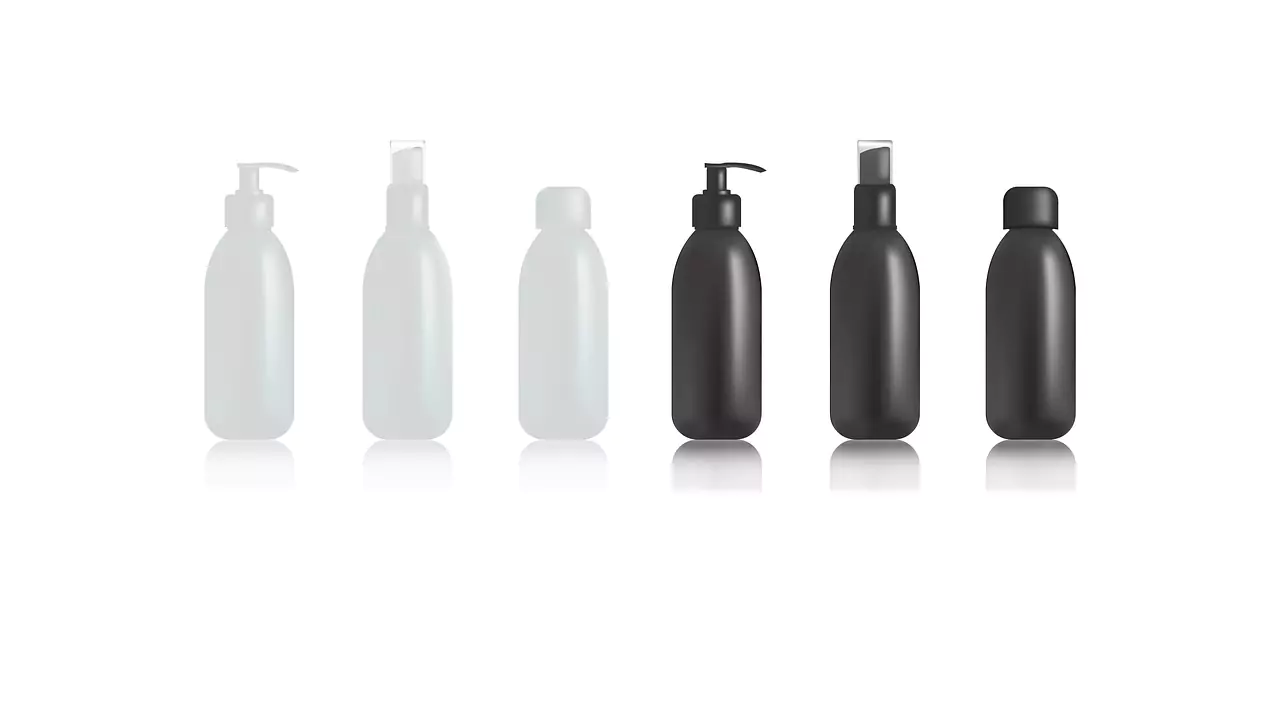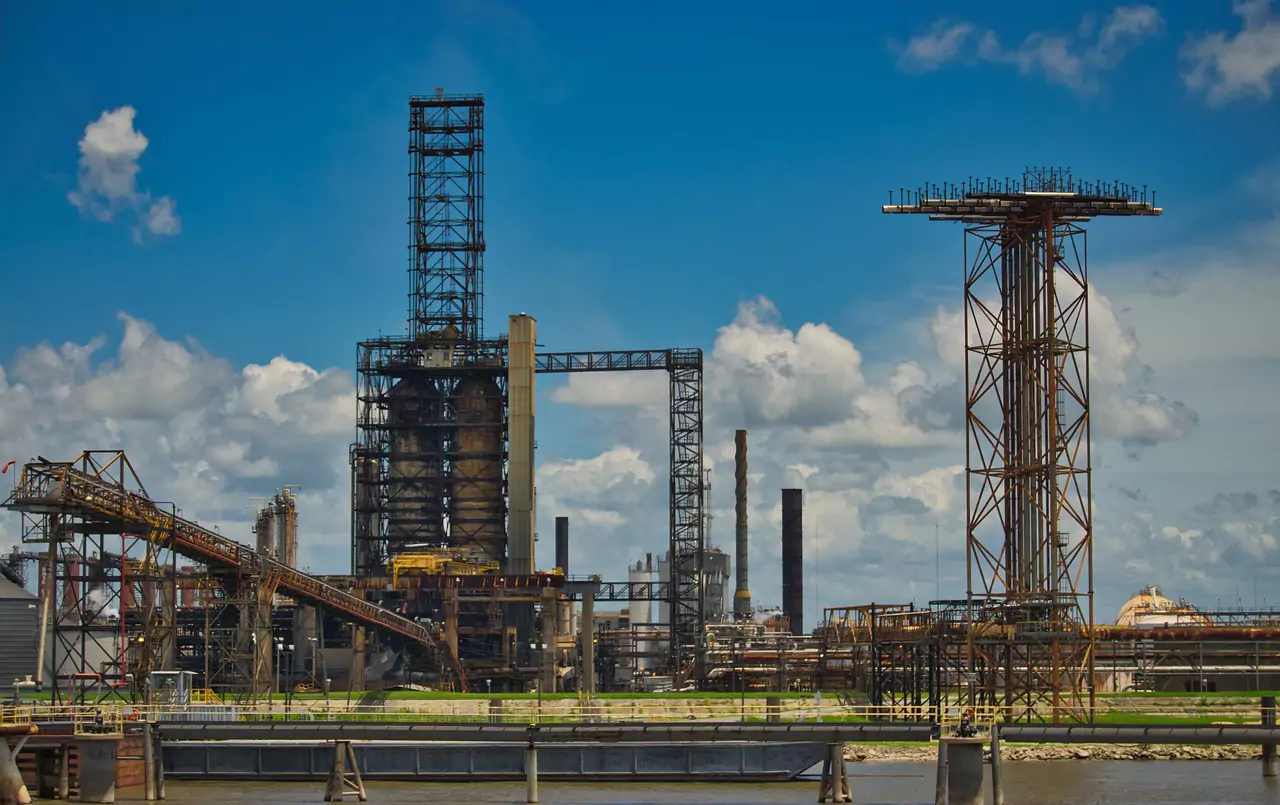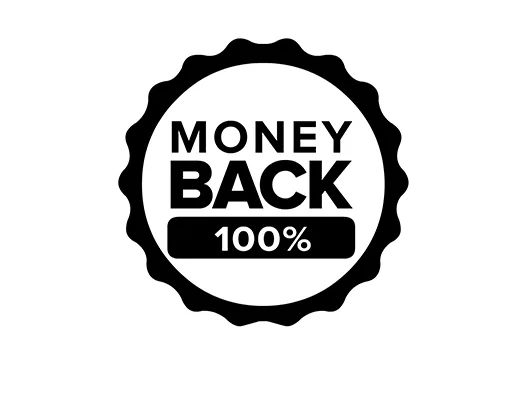Plastic vacuum forming is a simplified version of thermoforming, in which a plastic sheet is heated, then stretched over a single mold, and forced against a mold with a vacuum. This process can be used to build plastic on durable objects such as road signs and protective covers. Frequent draft angles are present in the mold structure (minimum recommended 3°) to minimize the removal of the plastic part formed by the mold. Slightly deeper parts can be formed if the sheet can be stretched mechanically or pneumatic before attaching it to the mold surface and installing a vacuum. Several modern appliances that we enjoy every day are made available because of the vacuum forming. Without this diverse production process, life-saving medical devices, food packaging, and vehicles may seem very different.
Difference Between Thermoforming and Vacuum Forming
Thermoforming: Thermoforming is a manufacturing process where a plastic sheet is heated to a temperature that is easily absorbed, molded, and modified to form a workable product. The sheet, or “film” for small gases and certain types of material, is heated in an oven that is hot enough to allow it to expand or mold and cool down to a perfect state.
Vacuum forming: We can consider plastic vacuum forming the simplest type of thermoforming which involves the use of vacuum pressure and one mold to get the desired geometry part. It is best for contoured packaging. There are 2 basic types of molds available or used for such types of forms:
- Male or positive (convex)
- Female or negative (concave)
Male contours the inside dimension of plastic whereas in female molds they are put in the containers and modifies the outer dimension.
When pressure is formed, a plastic sheet is pressed between the two molds instead of being pulled around the same mold using a sucker. Vacuum forming is good for producing plastic parts or pieces that need precision construction on both sides and/or require deep painting (need to extend away/deep into the mold), such as materials that need to look pleasing on the outside and fit right on the inside.
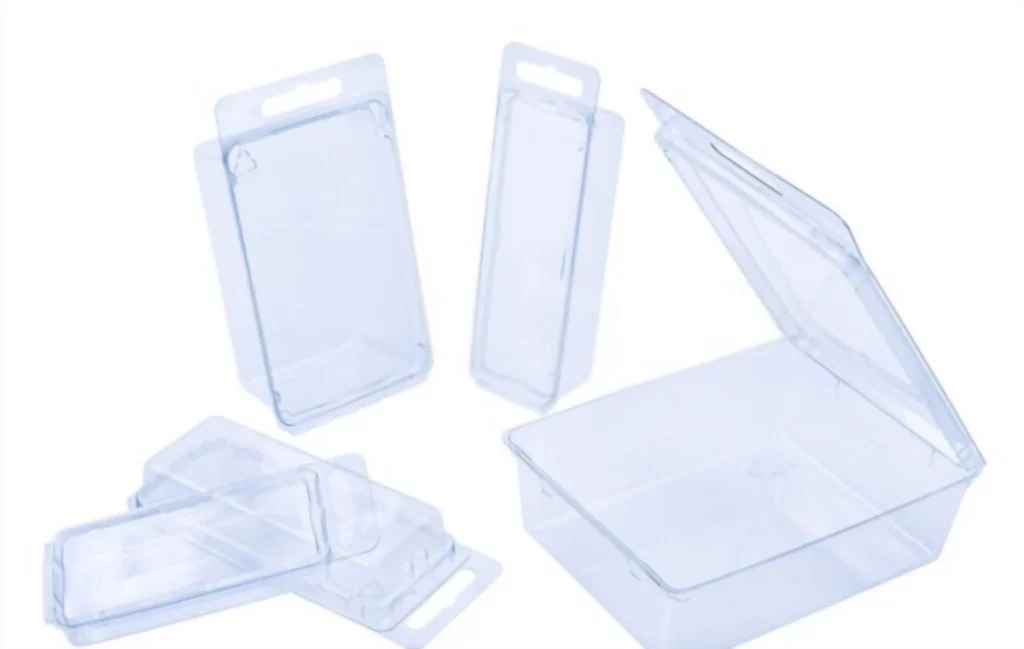
Benefits
Many plastic manufacturers choose vacuum forming because it offers design flexibility at a lower cost than other production methods. The benefits of building a vacuum include:
- Affordability
Especially for small production (250-300 units per year), building a vacuum is often more expensive than other production methods, such as plastic injection molding. The availability of vacuum construction is mainly due to the low cost of tools and prototyping. Depending on the surface of the parts produced and the frame size of the wire, an injection molding tool can cost two or three times higher than the cost of using plastic thermoforming or vacuum construction.
- Sterile and food materials manufacturing
Manufacturers often use vacuums to make food containers and parts for the medical field because they are compatible with plastics that can be cleaned or can be kept clean. For example, high-density polyethylene (HDPE) is often used to create food containers. HDPE resistance to acidic chemicals makes it an effective material for food-grade plastics and chemical containers. Food-grade plastics are used in the construction of vacuums to form components that can withstand sterilization procedures and meet strict medical guidelines.
- Turnaround time
Machine construction has a faster time to do things than other traditional production methods because the use of tools can be done quickly. The production time of a vacuum to build tooling is usually half as long as the time required to produce the tooling for injection molding. When 3D printers are used to create mold, the conversion time can be much faster. By increasing the efficiency of the production process, building a vacuum enables businesses to get new designs into the hands of consumers faster.
Limitations or Cons
While vacuum forming offers many benefits, there are some limitations. Machine construction only applies to parts with very small walls and simple geometries. The finished parts may have no fixed wall thickness, and concave sections with deep drawing are difficult to produce using vacuum construction. Additionally, while machine design tends to be the cheapest option for small to medium-sized production, some production processes can be very expensive for enormous products. The plastic designs should be relatively simple.
The resulting moisture can build up, forming bubbles inside the inner layers of the plastic. This greatly reduces plasticity. However, this can be solved by freezing the plastic for a long time at high but melting temperatures. Webs can form around the mold, due to the heat of the plastic so it should be carefully inspected. Webbing can also occur when the mold is too big or the parts of the mold are too close. Finally, synthetic materials are usually attached to the mold, which uses a fixed angle of 3 degrees or more on the skin.

